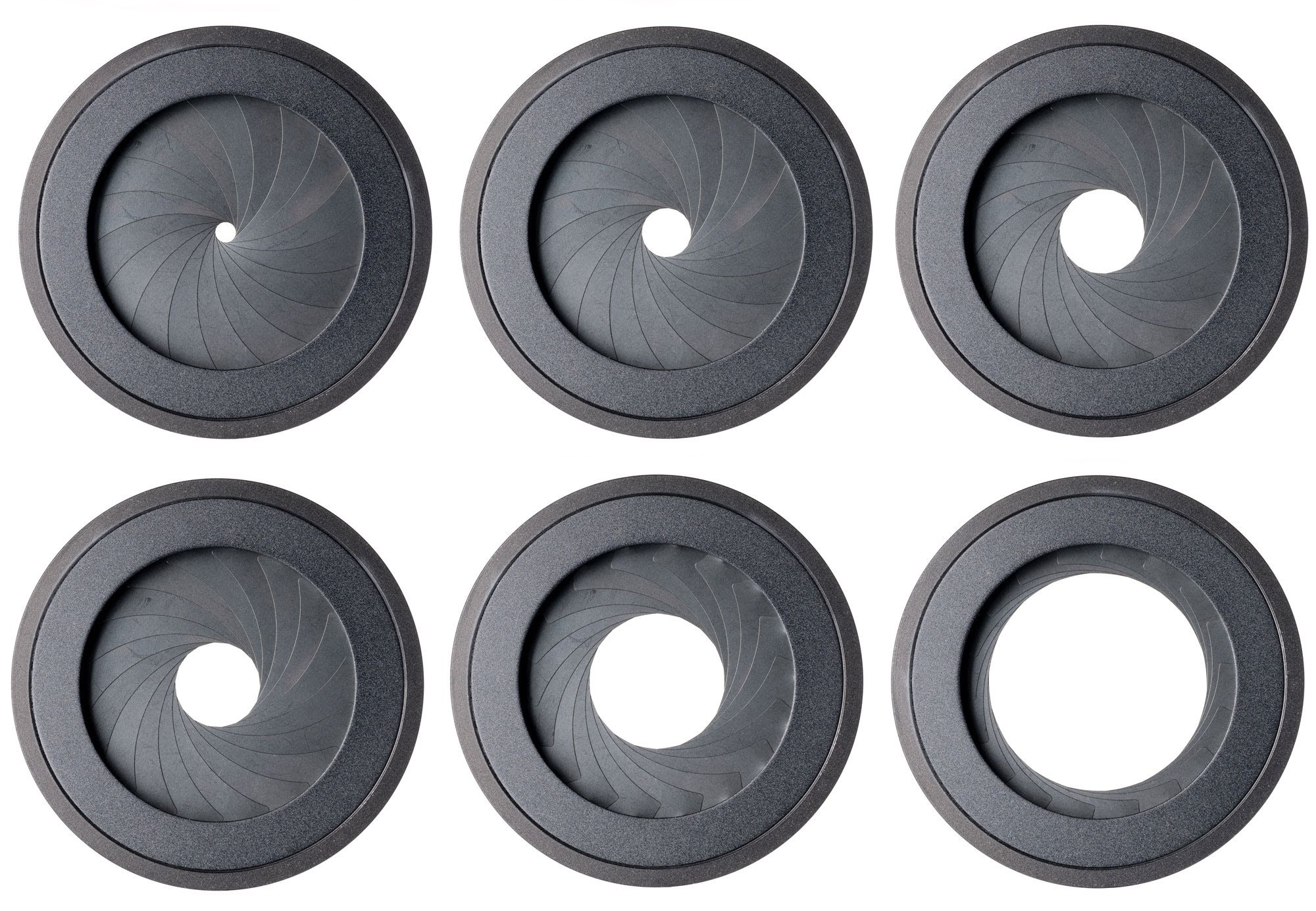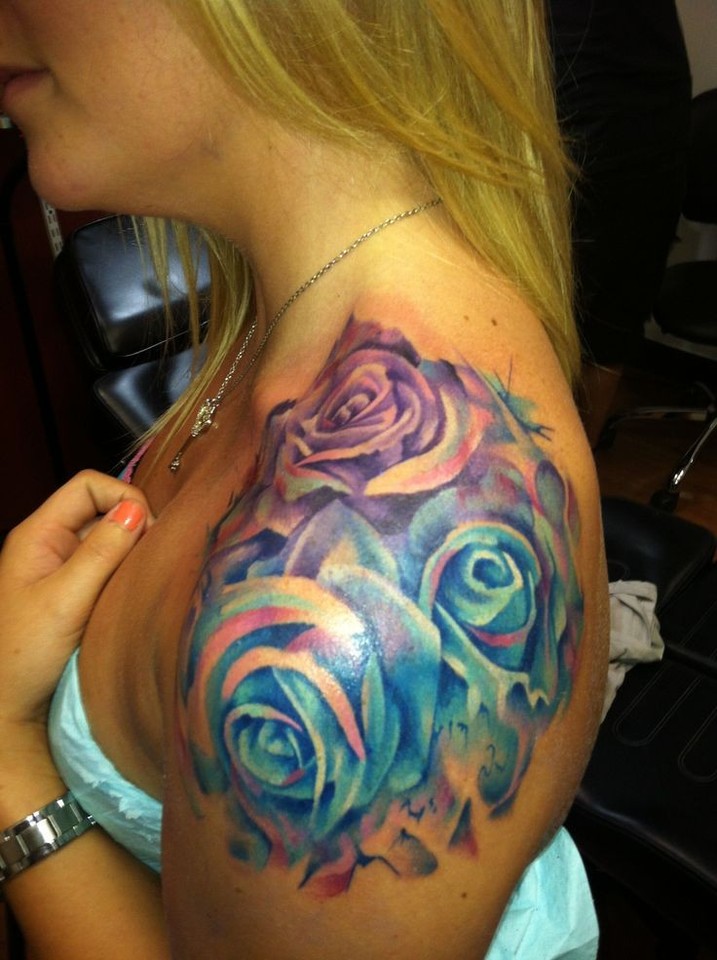

#Small f stop iso#
The other aspect of a smaller aperture is, of course, controlling exposure in bright light, without artificially dropping ISO beyond the sensor base or using very high shutter speeds. If you understand that F-stops affects the depth of field in the picture and that large apertures (openings) have small F-stop numbers F2.0, F2.8, F4.0 and small apertures have large F-stops (F11, F16 or F22) then by choosing certain F-stops you will be able to control the depth of field in your photographs. Usually, shooters define the f-stop value and focal length using the camera adjustments. The lower f-stops (also known as low apertures) let more light into the camera. If the focal length is 400mm and the aperture opening is 50 mm, then we can easily count the f-stop number. For example, a standard lens might include the following f-stops: f/1.4 f/2 f/2.8 f/4 f/5.6 f/8 f/11 f/16 Effects of high vs. That same 50mm lens set to f/22, for example, only has an entrance pupil. It also should now make clear why a high f-number corresponds with small aperture, and a low f-number corresponds with a wide aperture.


(Because everything is small, and competitive price pressure significant, adding the mechanics for more intermediate stops is easily deemed not worth it.) Every lens has a limit for how big or small the aperture can get. This explains why an f/1 aperture isn’t twice as wide as f/2, or four times as wide as f/4, eight times as wide as f/8 and so on. And that's presumably why there's usually not many choices besides wide open and one closed-down stop like f/8. So, there's not much difference in that aspect of changing aperture, so from that point of view there's no point even bothering. The smaller format also means that depth of field is hugely increased even at the widest-available apertures - even wide open at f/2.8, a camera like the Canon G10 has an infinite depth of field if you're focusing farther away than a few feet. That in turn means that the real aperture is small, which means the diffraction limit kicks in sooner, reducing sharpness as one stops down. You can see in the f stop chart that the opening is really big for an aperture value of f2.8 when compared to f11. A smaller f-number corresponds to a larger aperture opening and a larger f-number corresponds to a smaller opening. Although the relative aperture numbers - the ƒ stops - are the same regardless of format, the actual focal lengths of the lenses on small cameras are quite low: 5mm or 6mm at the wide end. The term F stop can be really confusing if you are a beginner in photography.


 0 kommentar(er)
0 kommentar(er)
